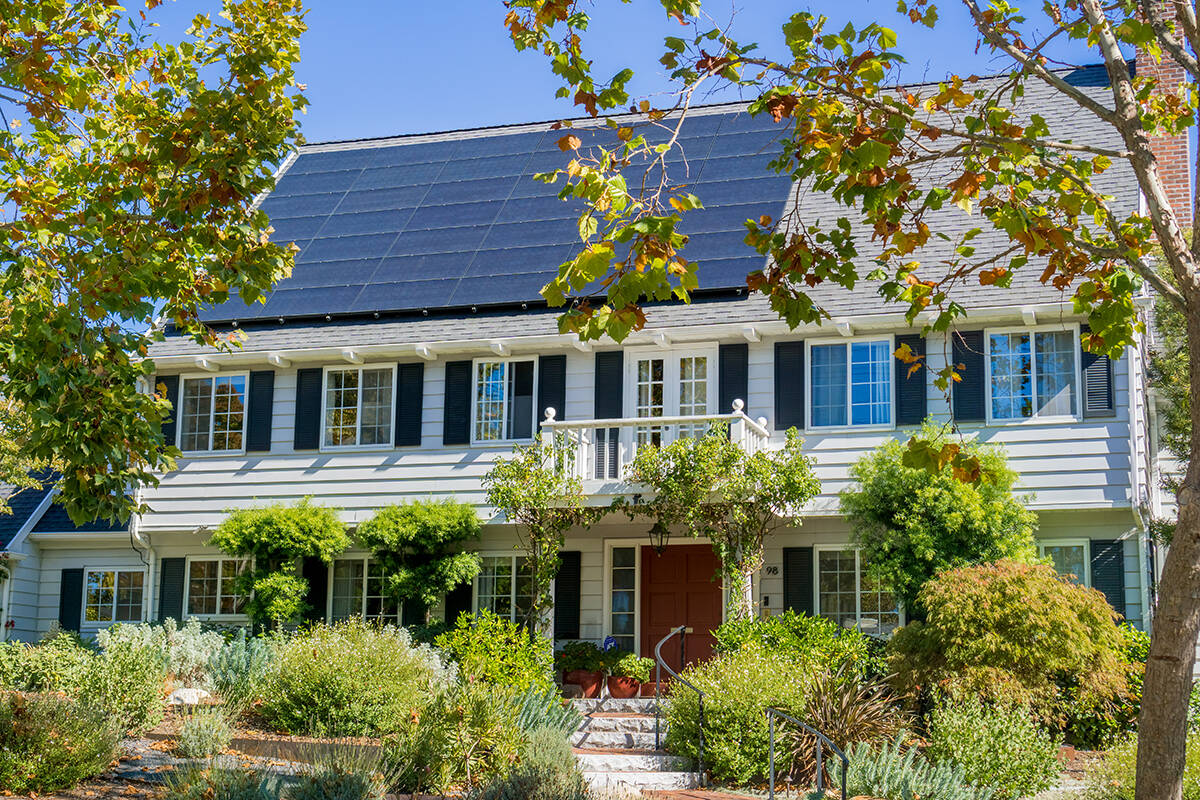Once the birthplace of many solar-powered start-ups, the Bay Area is now becoming a battleground for the fight brewing over the future of California’s rooftop solar industry.
California Public Utilities Commission’s (CPUC) proposal to revise the policy that allows residents for extra solar electricity generated by their panel. The measure would cut back the credits allotted to customers and charge a monthly fee to participate in maintaining the power grid – a provision that advocates call a “solar tax.”
The CPUC and some environmental advocates assert that the move is a necessary modernization of a two-decades-old policy, known as California’s residential Net Metering (NEM) program. They claim that the current system harms low- and middle-income customers by increasing rates for those without solar panel.
The proposal has been met with strong opposition from the industry and environmental justice groups. They claim it will effectively wipe out the sector overnight, threaten jobs and make residential solar panels unaffordable.
Tensions have continued to mount ahead of the CPUC’s decision, which could be made as early as next week. Last week, hundreds of protesters wore sunny yellow shirts and carried balloons to the CPUC offices at Van Ness. Even former governor Arnold Schwarzenegger, who signed the state’s Million Solar Roofs Initiative into law in 2006, weighed in A New York Times op-ed that cast the proposal as antithetical to California’s progress on environmental policy and saying that it “should be stopped in its tracks.”
Left hanging in the balance, however, is the larger question of the role rooftop solar should play within California’s energy landscape as cities like San Francisco work to quickly decarbonize their energy supply and mitigate the worst impacts of climate change.
“What’s the larger goal here?” said Severin Borenstein is an energy economist at the University of California Berkeley who is not associated with either side of this debate. “It is to fight climate change. Climate change is a global problem, and California is less than one percent of global greenhouse gas emissions.”
Even so, Borenstein said, the net metering program in its current iteration has created a system where people who don’t have solar panels are subsidizing the costs for people who do. “Somebody still has to pay for the grid – somebody still has to pay for wildfire management, for energy efficiency programs, for the low-income programs,” he sais. “All of that stuff is paid for through rates.”
Net metering was first introduced in the 1990s to encourage rooftop solar and jumpstart the industry. It also offered an incentive to residents to invest in clean energy. But in the two decades since, energy prices have increased while costs of panels have come down – and the industry has exploded.
Nearly 1.3 Million California roofs now have sun-soaking solar panels. Thanks to programs like Million Solar Roofs Initiative, $3.3 billion was set aside to help build a selfsustaining solar market.

In the 1990s, net metering was established to boost the rooftop solar industry and offset homeowners’ high costs. The solar industry has grown rapidly as energy prices have risen and solar panels costs have dropped. (Sundry Photography/Shutterstock)
Many of this growth is Bay Area-based. Here are many large players like Sunrun, Sunpower, Tesla and local programs such as GoSolarSF have brought 5,800 rooftop solar systems to San Francisco’s homes and businesses.
“San Francisco is obviously home to tech innovation, so there’s a nice little nexus between energy innovation and technology innovation,” said Walker Wright, vice president of public policy at Sunrun, adding that pilot programs like GoSolarSF helped jumpstart the industry.
But as wildfires and other climate-related events have threatened Northern California’s grid stability, Wright said many are turning to fossil-fuel-powered generators to keep the lights on during emergencies, when they could be choosing cleaner alternatives.
“This [proposal] doesn’t align with Sunrun’s future vision of what the grid could be,” he said. “We need to be building a grid in which end customers can participate in creating a better and safer, more efficient, equitable grid.”
Supporters of the CPUC’s proposal say they don’t want to stifle the industry’s growth or dampen innovation. “Make no mistake about this, our coalition strongly supports rooftop solar,” said Kathy Fairbanks, spokesperson of Affordable Clean Energy For All. This group includes businesses, low-income, environmental groups, and utilities, including PG&E. “We want to see it grow, but we can’t do it on the backs of low-income Californians.”
Solar advocates say the proposal is a death knell to the industry. “Net metering is the foundation of everything,” said Dave Rosenfeld, executive director of the Solar Rights Alliance, a nonprofit association of California solar users. “If you put a penalty on it, if you slash the credit for the extra energy you share back to the grid below what its actual value is – then solar projects don’t pencil out.”
Already signs of anxiety are affecting the market. According to Callaway Climate Insights a digital business newsletter, solar stocks such as SunPower, First Solar (FSLR) or the Invesco Solar ETF(TAN) have plunged by a quarter since November.
Although the proposal could shake up the industry, the majority of San Franciscans served by the San Francisco Public Utilities Commission’s energy programs (SFPUC) may not even notice the changes.
“One of the advantages of being a public utility is that we can set our own priorities when it comes to incentivizing clean energy production, including around affordability and rooftop solar,” the SFPUC said in a statement to The Examiner.
Borenstein concedes that the new rule is likely to curtail the industry’s exponential growth. Borenstein said that California must not rely solely on rooftop solar if it is to remain a leader in climate policy and achieve its goal of becoming carbon neutral by 2035.
“Whether it’s bad policy or good policy, people look to California… so, what we do really really matters,” he said. “What we need is to take a hard look at, where does rooftop solar really fit in?”
